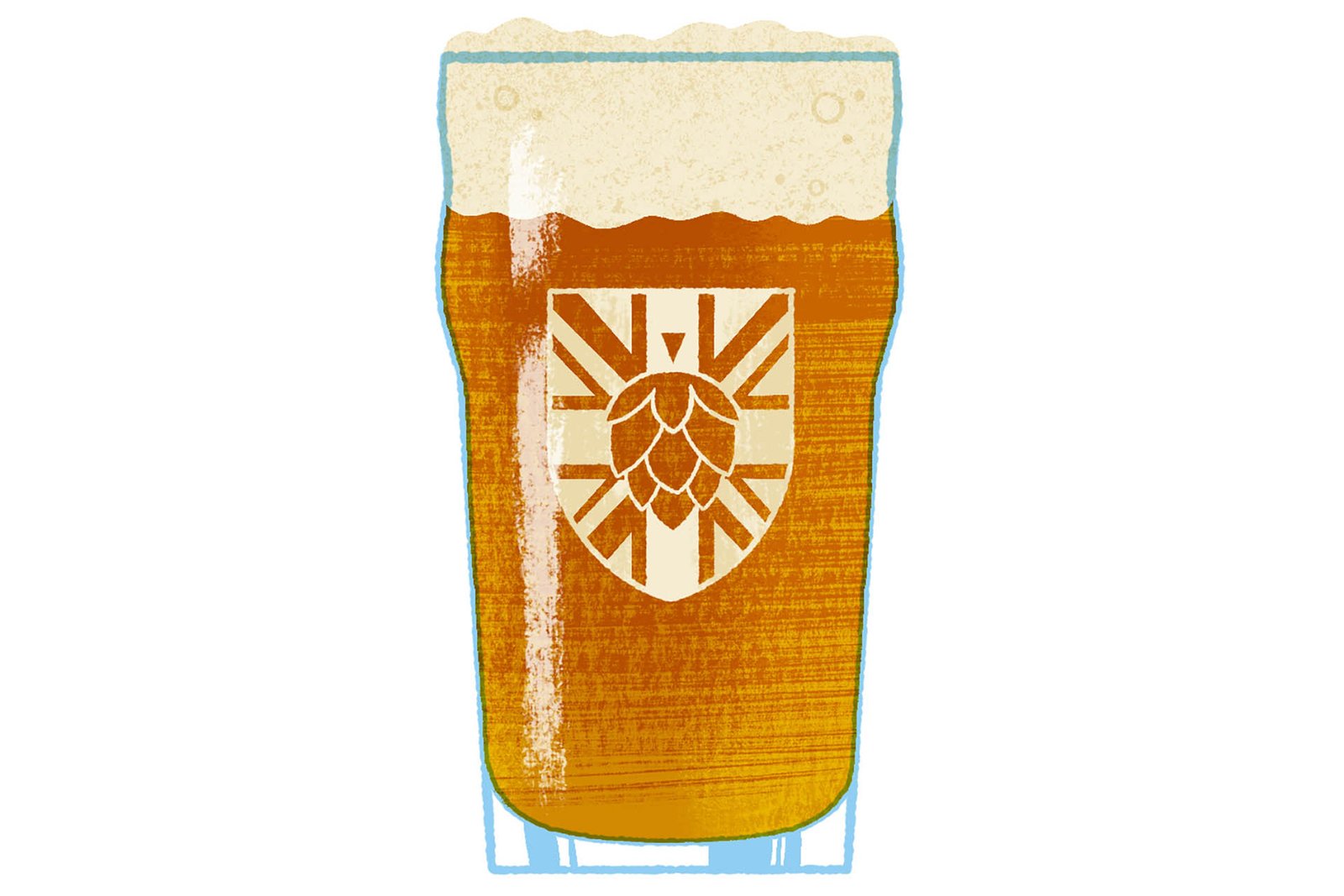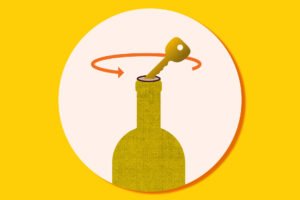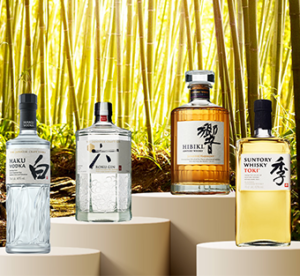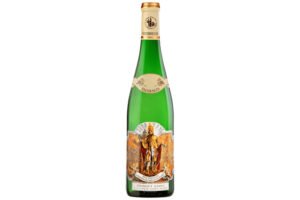12 of the Most Popular Styles of IPA, Explained

[ad_1]
Like a pint glass reflected in a funhouse mirror, the term “India pale ale”(IPA) encompasses innumerable versions of itself, each one slightly different from the last.
Originally used to supply the troops of the East India Company during British colonization of South Asia, the first IPAs weren’t so much invented as they were developed. The style descended, with a few minor alterations, out of existing beers like pale ales and stock ales.
Modern IPAs followed a similarly iterative path. There are now multiple ways of brewing an IPA, many of which incorporate aspects from other, pre-existing beer styles.
The category is extraordinarily diverse. Today’s IPAs can be extremely bitter or not bitter at all; candy sweet or bone dry; cloudy or clear; and pale, black or white. Regardless of the expression, one thing holds true: IPAs are the flagship of the global craft beer movement.
IPA
In general, a “classic” India pale ale made anywhere outside the U.K. is a bitter beer which likely has 6–7.5% ABV (alcohol by volume) and 50–70 International Bitterness Units (IBUs)—so, it’s not quite palate-wrecking, but not too far from it, with enough malt sweetness to keep things in balance. Its color should lie somewhere between dark gold and brown.
English IPA

The OG IPA had almost completely disappeared from breweries a generation or so ago, when, in the 1980s and 1990s, U.S. microbrewery and craft versions kicked off a renewed interest in the style. Modern English IPAs demonstrate their relationship to U.K. pale ales of the 18th century, with slightly less alcohol than their contemporary U.S. counterparts, usually clocking in at 4.5–7% ABV. (While plenty of hops did help the beer survive the long ocean voyage to India, superhigh alcoholic strength wasn’t really part of the picture, despite an oft-repeated origin myth.)
These beers showcase woody, lightly spicy English hops like East Kent Goldings and Fuggle.
West Coast IPA
From the late 1990s through the mid 2000s, this style defined the early days of craft beer. West Coast IPAs take the “more is more” axiom to the hilt, with examples like Mikkeller’s 1,000 IBU featuring levels of hop bitterness that surpass what most humans are capable of tasting, thought to max out around 120 IBUs. These beers are clear, usually deep amber and malty enough to back up plenty of bitter hops, generally with tons of the pine, resin and citrus aromas characteristic of the so-called C-Hops—Cascade, Centennial, Columbus and Chinook.
New England IPA

Also known as Vermont IPA, hazy IPA or NEIPA, this style features the juicy notes of modern, tropical-fruit-flavored hop varietals like Citra, Mosaic, Galaxy, Amarillo and El Dorado, and tones down bitterness to 30–40 IBUs thanks to the use of post-boil, whirlpool, late- and dry-hopping techniques. A typically hazy or cloudy appearance, often due to the inclusion of high-protein grains like oats and wheat, contributes to its creamy or “pillowy” mouthfeel and perceived sweetness.
Mountain-Style IPA
Like a compromise between the West Coast and New England styles, Mountain IPAs finds a middle ground in terms of bitterness and haze, but maintains much of the New England IPA’s fruity hop aromas and juiciness. Expect around 40 IBUs, with room for variation on either side. Moderate haze provides fullness and a touch of sweetness in the mouth.
Brut IPA

Inspired by the dry finish of brut sparkling wines, brut IPAs use special malt bills and often include amylase enzyme in order to reduce the amount of residual sugar to nearly zero. In balance with that thin, effervescent body, bitterness is also reduced to a moderate level of just 20–40 IBUs. Expect a very pale color—light gold is typical—with a vibrant, refreshing zippiness.
Milkshake IPA

Crank up the sweetness of a New England or Mountain-Style IPA with the addition of lactose, a nonfermentable sugar, and you’ve got a milkshake (or lactose) IPA. These beers are hazy and tropical-fruit scented like NEIPAs, but with even more confectionary sweetness. To accentuate the fruity aromas of modern hop varietals, many brewers add actual fruit like apricot, mango, passionfruit, guava, blueberry or raspberry. That practice has given rise to a subcategory, Fruit IPA.
Sour IPA
Kettle-sour an IPA, or blend an IPA with sour beer, and you end up with a sour (or tart) IPA. Thanks to the presence of lactic acid bacteria, sour IPAs have refreshing acidity and are hoppy, in the sense of tropical-fruit flavors from hops like Citra, Mosaic and El Dorado. They’re generally not bitter, however, and have various levels of sweetness, fruitiness and haze, depending on the base IPA involved.
Double IPA

Not so much a style as a reference to strength, double (or imperial) IPAs have between 7.6–10.6% alcohol, overlapping with the slightly stronger barleywine category. Stylistically, they can resemble an array of IPAs, from West Coast to brut, with levels of bitterness varying accordingly, all the way to 100 IBUs (and beyond).
Session IPA
Another category variation that refers to alcoholic strength, rather than flavor profile or ingredients, session IPAs clock in at 3.7–5% ABV. Color, clarity, bitterness, acidity and other parameters vary.
Black IPA

The black IPA, originally known as a Cascadian dark ale and also now more commonly referred to as American black ale, kicks against the “pale” part of its name, usually offering the citrus and piney aromatics of a typical West Coast IPA alongside stout-like roasted malt character and, occasionally, a touch of sweetness.
White IPA
Take the wheat-heavy mash bill of a Belgian witbier, add enough hops to put it in the IPA category and boom: white IPA. Spiciness and fruit flavors can come from the addition of the witbier’s traditional coriander and orange peel, though many brewers prefer to let the unadorned hops and yeast shine.

[ad_2]




